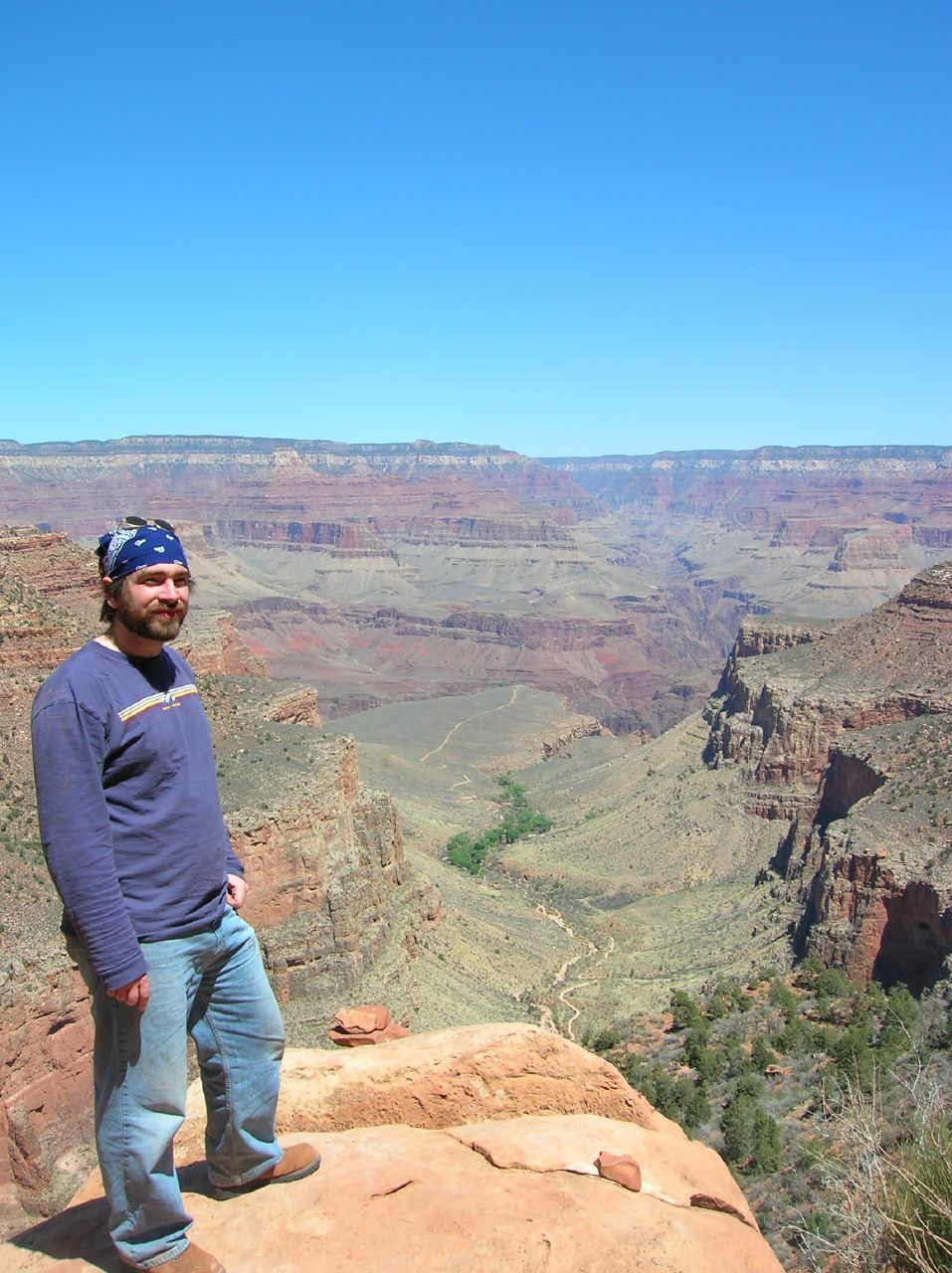 |
| A "wholphin" (Tursiops truncatus × Pseudorca crassidens). Photo by Mark Interrante. |
Of course, humans can't (or at least don't) interbreed with chimpanzees, so the length of the split is not a perfect predictor of whether lineages can recombine. But it's interesting to consider how much lineage recombination might have occurred in stem-humans. The most divergent known lineages from our own are probably late Paranthropus (P. robustus and P. boisei). Our common ancestor with them is generally thought to be something like Australopithecus africanus, or perhaps Praeanthropus afarensis. Even opting for the older choice, this would make the length of their split from our putative contemporaneous ancestor, Homo habilis, only around a million years (roughly). That's not a terribly long split.
 |
| Did Homo habilis have multiple ancestors? (Photo by Charles Roffey) |
Also consider the debates over human ancestry in the field of paleoanthropology. It's a common observation that whenever someone finds a new stem-human (or stem-mangani) species, they declare it a human ancestor, while their rival colleagues pooh-pooh the finding and maintain that their own specimens are the true ancestors. (There are notable exceptions to this, of course, but it does seem to happen again and again.) But what if everyone is right? What if most of these fossil species are ancestral to us, but in varying proportions? I can't see any reason why this would be unimaginable.
 |
| A human with partial Neandertal ancestry (blog's author). |
So when people argue whether we are descended from Praeanthropus afarensis vs. Australopithecus africanus vs. Orrorin tugenensis vs. Kenyanthropus platyops—maybe everyone is right! At the very least, it seems to me that future discovery depends on allowing for significant amounts of admixture, and not blindly assuming simple bifurcation.
References
- Ackermann & Bishop (2009). Morphological and molecular evidence reveals recent hybridization between gorilla taxa. Evolution 64(1):271–290. doi:10.1111/j.1558-5646.2009.00858.x
- Green & al. (2010). A draft sequence of the Neandertal genome. Science 328:710–722. doi:10.1126/science.1188021
- Kays & al. (2009). Rapid adaptive evolution of northeastern coyotes via hybridization with wolves. Biol. Lett. 6:89–93. doi:10.1098/rsbl.2009.0575
- Kim & al. (2009). Evolutionary charactterization of a highly repetitive sequence identified from the false killer whale (Pseudorca crassidens). Genes Genet. Sys. 84:185–189. doi:10.1266/ggs.84.18
- Reich & al. (2010). Genetic history of an archaic hominin group from Denisova Cave in Siberia. Nature 468:1053–1060 doi:10.1038/nature09710
- Xiong & al. (2009). Seven new dolphin mitochondrial genomes and a time-calibrated phylogeny of whales. BMC Evol. Biol. 9. doi:10.1186/1471-2148-9-20